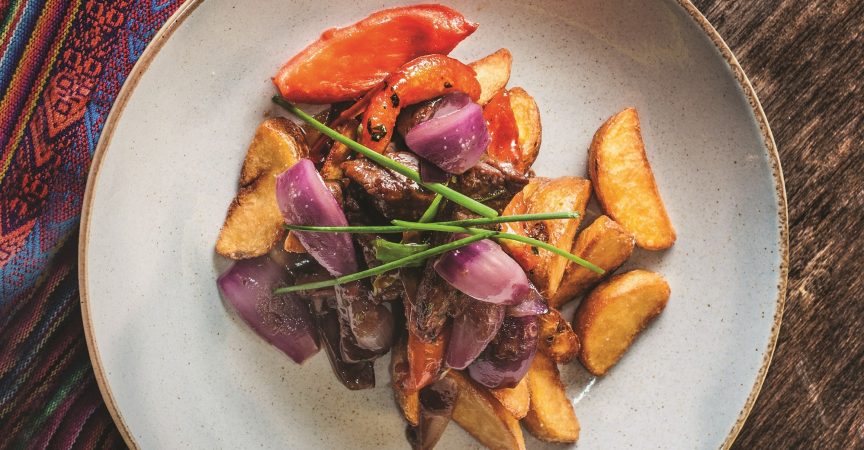The Gastronomic Boom of Peruvian Cuisine in Canada
Peru – the land of the Incas. Known for its gorgeous mountain ranges, lush rainforest and long arid coast. A country of great biodiversity. Its unique climate allows Peruvian farmers to grow a wide variety of products year-round that can be used for different types of cuisines. The biodiversity of the country fuels its offerings of an unparalleled number of food products and ingredients to kitchens around the world.
Recently Peru has stepped into the culinary spotlight as a South American destination for foodies. The country is introducing its cuisine to the Canadian market at RC Show 2020, happening March 1 – 3 in Toronto, where trained chefs and a bartender showcase Peruvian dishes, drinks and products.
The theme of this year’s show is ‘Diversify and Thrive’ and Peru is one of the most important pieces of the puzzle. With their diverse cuisine and plethora of food products readily available, the country is a perfect place for chefs and restaurateurs to turn for inspiration when considering diversifying their business.
Culinary history of Peru
Peru’s culinary history is long and varied.
Pre-Incas used some of the same staples that are in today’s traditional
Peruvian diet including maize, potatoes and spices like chili pepper. Moving on
to the 16th century, the first outside influence arrived with the Spanish
conquerors. They brought with them new culinary techniques and ingredients like
olives, grapes, beef, and rice. Enforced migration from Africa influenced the
cuisine further, creating a new Afro-Peruvian cuisine. This marriage of
cuisines created dishes that are still served on the streets of Peru today like
Anticuchos (marinated skewered meats) and Tacu Tacu (refried beans and rice).
After Peru gained their independence from Spain in 1821, there was an influx of
European immigrants, particularly from France and Italy, who brought their own
influences on Peruvian food.
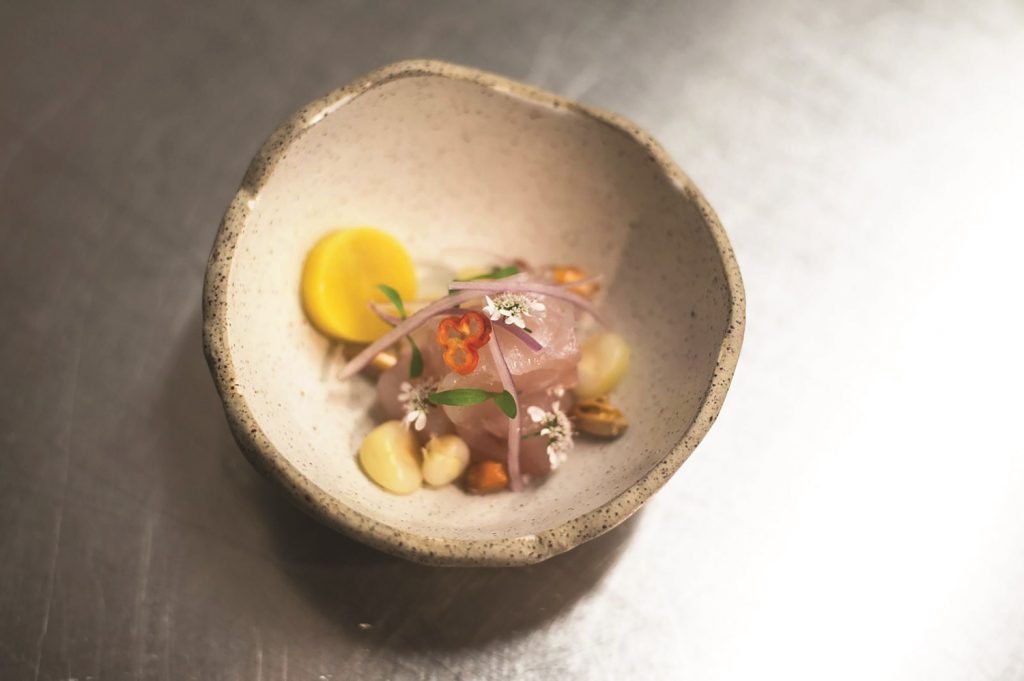
However, the real gastronomic revolution came to the country from the Far East. In the mid 1800s China sent labourers to Peru to work on the sugar and cotton plantations. The marriage of Chinese cooking techniques and Peruvian ingredients came to be known as Chifa and is quite popular throughout the country today. At the turn of the century, Japanese immigrants began arriving in Peru to work on the plantations. It was Japanese influence that made seafood, which was generally looked down upon by natives, popular in the country. By the 1950s Nisei (of Japanese descent) chefs had popularized some of the most famous seafood dishes in Peru like ceviche. The fusion of Japanese and Peruvian cuisine has come to be known as Nikkei.
Agriculture in Peru
The fact that Peru has been influenced by so many other cultures is only half the story of its varied and unique cuisine. Peru has three distinct geographical regions: the coast, highlands and Amazon, and encapsulates 90 different microclimates. This means the country has many different growing seasons and each region has unique properties that make it conducive growing different types of agricultural products. Peru is unique in that there is no off season for growing that affects the whole country, so they can continue to grow fresh produce all year round. The variations in elevation and microclimate, and the efforts of farmers over thousands of years has made Peru one of the world’s most important centres of plant domestication.
Peruvian products
As mentioned, Peru’s unique climate and biodiversity provides quality ingredients to kitchens worldwide. Food products grown in every part of the country, from the coast, up into the Andes are making their way onto more and more plates, expanding the horizons chefs and restaurateurs in the foodservice industry. Recently cooks have become representatives of Peru’s small farmers and artisanal fishermen, seeking out products that will fulfil modern diners’ search for food that is good for the senses, body, soul, spirit, environment and society.
According to a Hartman Group survey from 2019, 82 per cent of millennials want ‘Better For You’ products available on the go. Adding to this, in the US, half of the population tried a new eating approach last year. The number is higher for both millennials and Gen Z, where 65 per cent and 69 per cent tried any eating approach in the past year (respectively). As more and more diners are looking for health-conscious options when they are dining out, incorporating the super foods and fresh produce of Peru into a menu can be a way to diversify in order to capture this health-conscious consumer. Here are a few Peruvian products that can be used in many ways to create a health-conscious, elevated menu and provide unforgettable gastronomic experience.
Potatoes
Of the 120 domesticated plants Peru has provided the world, the potato is the most important. Cultivated potatoes originate from pre-Colombian farmers who developed the native varieties from wild species. There is evidence to suggest that the potato was first cultivated in Peru 8,000 years ago around Lake Titicaca in the Andes Mountains.
Today there are more than 3,000 varieties of
potatoes found in Peru. The native species are unique in that they are grown at
an altitude of 3,800 metres, where no other crop prospers. Scientific analysis
has determined that most of these native potatoes have better nutritional
characteristics than their commercially grown counterparts. Yellow native
varieties have a high Vitamin C content while those with a red or purple flesh
have been shown to contain cancer inhibiting properties.
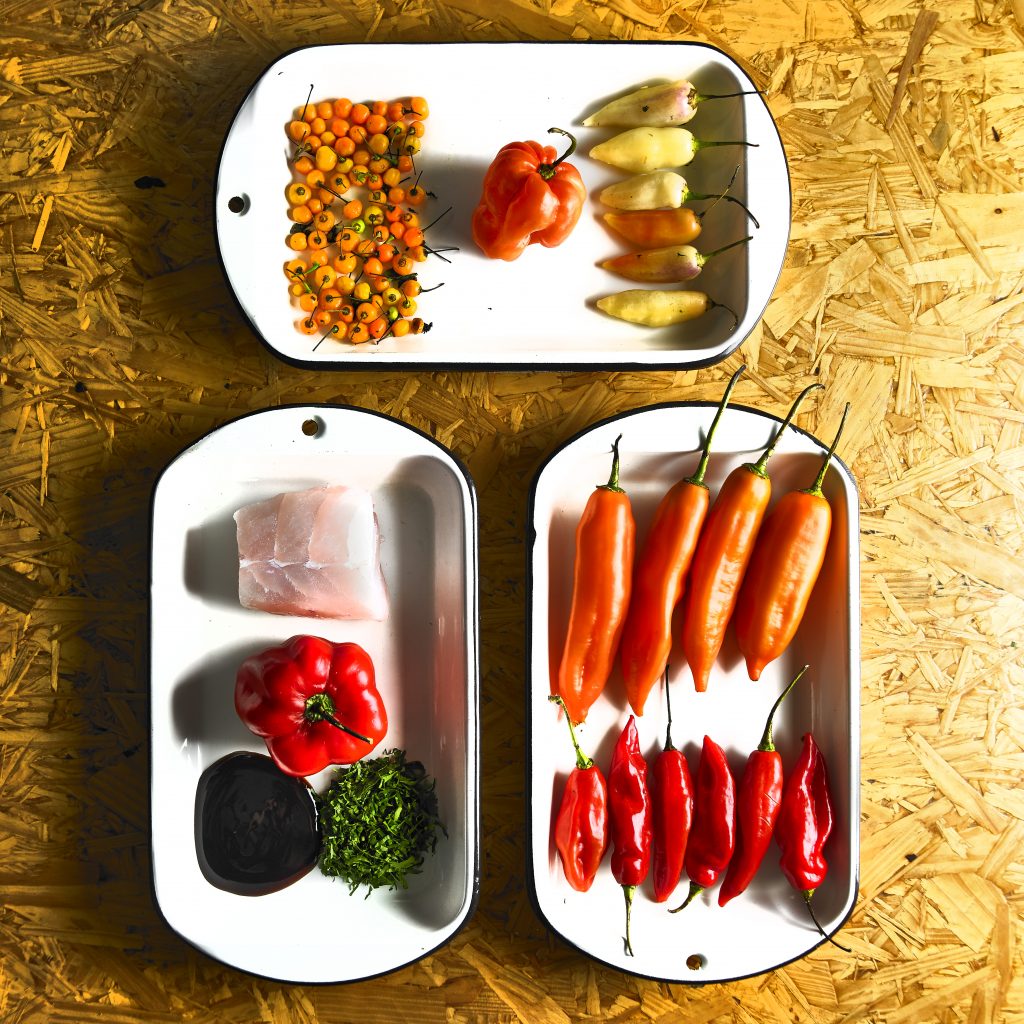
That being said, because of low production and a difficult market, most of these highly nutritious potatoes are grown for the farmer’s own consumption. Most consumers only know of about five of these native varieties which are available in urban centres.
The potato is one of the world’s most nutritious and versatile vegetables and there is hardly a culture that doesn’t use it in their cuisine. The Peruvian potato has been recognized in the past as one of the world’s emblematic ingredients of cooking. It is very important to the rich cultural and gastronomic history of Peru but also to the culinary history of the world.
Potatoes can be prepared in so many ways and each variety had its own unique flavour, texture and nutritional characteristics which make it a great ingredient to experiment with in the kitchen. Instead of using regular white potatoes try the Peruvian black potato (papa negra) which are slightly sweet and great in stews, soups, boiled, fried or mashed. Using a variation on a staple in everyday dishes can make a huge difference when trying to diversify a menu and gives guests the opportunity for a different and unique dining experience.
Superfoods
People around the world are changing the way they eat. Consumers are no longer simply concerned with getting enough nutrition, they are also looking at the other health benefits of the foods they are eating. Superfood has become a buzzword with many restaurants and food suppliers jumping onto the health food bandwagon.
Many of these superfoods can be found in Peru. One of the most popular Peruvian superfoods that has taken the culinary scene by storm over the past few years is quinoa. It is known as an ancient grain as it was consumed by pre-Columbian people in Peru thousands of years ago, originating in the area surrounding Lake Titicaca in the Peruvian Andes (much like the potato). It is a protein-rich grain which makes it perfect for the vegetarian and vegan population and it contains many important minerals and antioxidants.
Pisco
When you talk about pisco, you talk about Peru. Pisco is a type of brandy that has not been aged in wood. This helps the grape keep its aroma and flavours through the aging process. Pisco is made exclusively with pisco strains of grapes which includes four aromatics (Torontel, Albilla, Italy, Muscat) and four non-aromatics (Quebranta, Mollar, Negra Criolla, Uvina). There are three types of pisco which are made using different distillation processes: pisco puro, pisco mosto verde and pisco acholado.
One of the differences between pisco and other
distillates is that the producer does not use water to achieve the right
alcohol percentage. The production of pisco is regulated so that is distilled
to 38-48 per cent alcohol without using water. This ensures a quality pure
grape product.
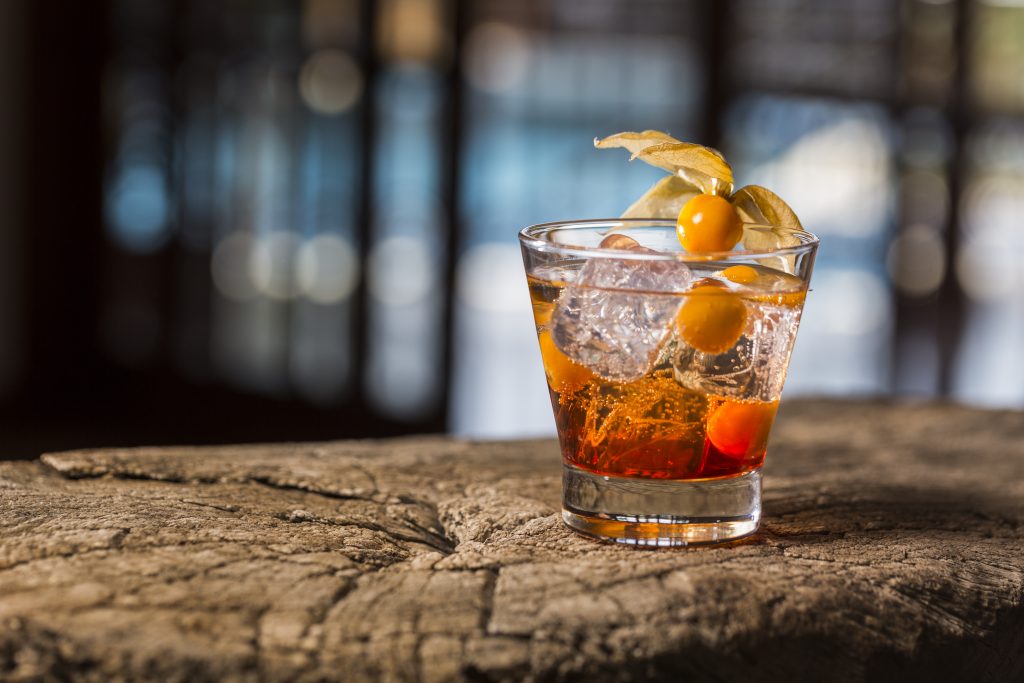
There are more than 400 producers of pisco in Peru from small family businesses to large operations. It is a legacy that is very protected and cared for in Peru. “This isn’t any product,” writes pisco producer Carmen Robatty de Moquillaza, “It’s to carry in each bottle the seal of our families, the pride that pisco is unique and unquestionably our Peru, for its history and its blessed geography.” While high quality pisco can be sipped on its own, it is usually mixed to create interesting and unique cocktails, the most common of which is the Pisco Sour.
Peruvian chefs & restaurants in Canada
“Restaurants in Peru are fueled by stories and emotions and great ingredients,” says Virgilio Martinez, of Central, one of Latin America’s top-rated restaurants. Over the past several years Lima has become known for its food scene with many edgy, upscale and well-respected restaurants (like Central) that showcase the biodiversity of the county and the very best it has to offer.
However, great Peruvian food isn’t just for the streets of Lima. Bringing Peruvian ingredients on to the Canadian food scene is a great way to diversify and attract even more people to your restaurant. Gen Zers are growing in buying power and bringing with them different tastes and experiences. Gen Zers are used to living in a multi-cultural society and ordering sushi or Pad Thai for them is the same as ordering pizza was for their parents. Using Peruvian products and flavours will help chefs, restaurateurs and all members of the foodservice industry keep on top of trends and ensure their youngest and most prolific customers are kept interested and satisfied with their dining experience.
Some Peruvian chefs have tapped into this secret and are bringing their experience with Peruvian cuisine to Canada, often using traditional Peruvian Ingredients in new and innovative ways. Chef Jorge Bahamonde is from Lima and now runs one of the few Peruvian restaurants in Gatineau, Quebec. He grew up watching his grandmother cook at home and when he moved to Canada, he missed the traditional dishes and flavours of his country. “We have a lot to offer,” he says about Peruvian cooking. “It’s an explosion of flavours and once you try it you don’t want to keep it for yourself.”
Bahamonde is one of the chefs representing Peru at RC Show. He hopes to showcase how Peruvian dishes and ingredients can truly help restaurants in Canada diversify and thrive in a changing gastronomic climate. Ceviche is a dish he is planning on highlighting as it can be prepared in many ways, demonstrating a wide variety of Peruvian ingredients. Bahamonde says that where he comes from, they traditionally marinate the fish in key lime, hot pepper, cilantro, garlic and ginger and then serve it with boiled sweet potato and grilled corn, however different kinds of fish, acids, garnishes and accompaniments can also be used. “I could eat it every day,” he says. “Once you like it you will crave it.”
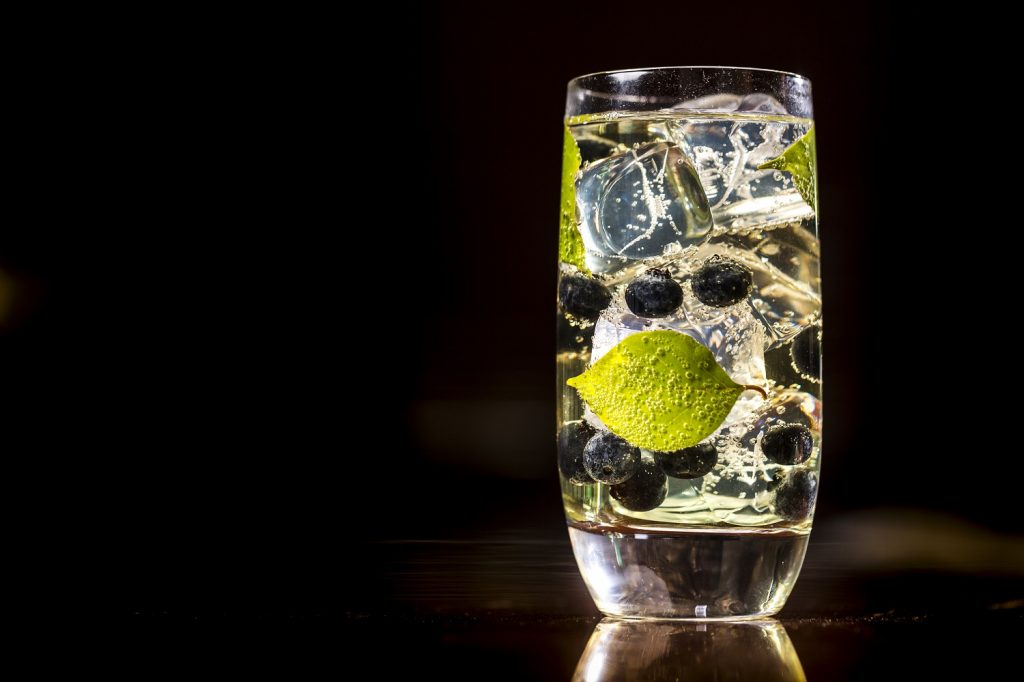
More Peruvian ingredients are making their way into international markets and are becoming more readily available in Canada. Bahamonde says it is important for chefs to know that they are probably already using many staples from Peru. He says that once they know they are using Peruvian ingredients they can expand their horizons to see what else the country has to offer. He says one of his favourite ingredients to use are Peruvian peppers called aji panca and aji limo which he says are used in about 50 per cent of Peruvian dishes. He urges chefs to try and incorporate more Peruvian products into their cooking. “Even simple stuff like potatoes, onions, lime and quinoa probably have a better and stronger taste from Peru,” he says.
Chef Guillermo Russo will also be at RC Show showcasing Peruvian cuisine. He says he fell in love with Peruvian cooking because of the flavours, freshness and endless array of dishes that have been influenced by cultures from all over the world. “There is just so much to eat and try, everywhere you go in Peru there are different versions of this or that,” he says. “It’s mesmerizing.”
Russo believes that, like many cuisines, Peruvian food is a tradition in transition. He says it is important tradition is honoured while also allowing for experimentation and respectful reinterpretation. Some of his favourite Peruvian ingredients to use are giant white corn, served on its own or steamed in tamales, fresh potatoes in soups, stews and traditional dishes like causa (layered chilled potato dish) and chiles, fresh in ceviches, or sundried in soups, stews and braises. There are so many ways to use Peruvian ingredients. The sky is truly the limit.
No Peruvian meal would be complete without a refreshing beverage to wash it all down. Bartender Gregory Smith is originally from the US but has been living in Lima for the past 13 years. He is at RC Show showcasing Peru’s most iconic alcoholic beverage, pisco.
Smith says pisco on its own is very versatile and can be mixed with a wide variety of fruit flavours. Many Peruvian bartenders make Pisco macerations using different native roots and seeds. “The macerations can sit in jars for months or years,” Smith says remembering a cherry flavoured pisco that sat in the back of his fridge for three years. “It was delicious.”
Smith says he also loves to dress up more traditional pisco cocktails with the plethora of interesting flavours that are available in the Lima markets. He particularly enjoys using Camu Camu as an acid in a cocktail as it balances the sugary syrup much like a lemon or lime. “We are blessed with lots of different fruit here to make cocktails with,” he says.
Although pisco is Peru’s most well-known beverage Smith says the country also has a long history of winemaking and there is a corn-based beer called Chicha de jora that dates back thousands of years. There is also quite a bit of rum produced in Peru and over the past few years people have experimenting with making whiskey and vodka.
Smith is tending the bar at RC Show and says he will be focusing on pisco as the star of the event. At RC Show’s Opening Night Party, he will be preparing a version of a Chilcano which is a simple cocktail using pisco, ginger ale and lime juice. “Maybe I’ll use a seed, herb or spice to jazz it up,” he says. Later in the show Smith will teach attendees how to make a traditional pisco sour, detailing what makes this iconic drink successful.
Diversify and thrive. That is what people in Peru have been doing for thousands of years. With a diverse climate and people Peruvian cuisine is a true mixture of cultures which in turn has created something truly special and unique.
To experience a taste of Peru for yourself be sure to stop by the Opening Night Party and Pop Up Restaurant & Bar at RC Show happening March 1 -3, 2020 at Enercare Centre, Toronto.



